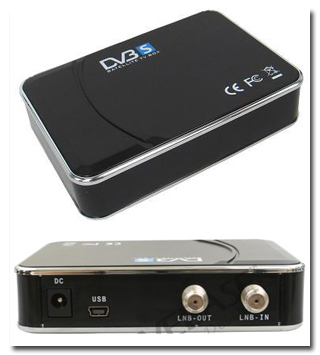|
|
 |
Knowledge Is Key
For Intelligent Decisions
Satellite Logic is a leading,
authoritative source of information in
the Satellite Industry. Located in the
heart of the Silicon Valley, Satellite
Logic provides one of the most
valuable and comprehensive
knowledge bases on the Satellite
market! This is a primary Worldwide
information center which enables our
clients to analyze, evaluate, inquire
and select their best tailored
solutions. Our company sets the
industry standards for targeted
buying leads, reflecting a dramatic
advance over traditional marketing
solutions.
|
|
|
 |

Most TVs with screens larger than about 40 inches diagonal are rear-
projection designs. They project a video image inside a box and direct it
by means of lenses and mirrors onto the inner surface of a translucent
screen. Until fairly recently, all used cathode-ray tubes, or CRTs, to
create the image. Although this technique works well, the chassis is
heavy and requires a relatively large, usually floor-standing cabinet.
As screens have grown and TV has begun migrating to the new, wider
16:9 aspect ratio (ratio of width to height), CRT-based designs have
become increasingly cumbersome. This has opened the door to new
technologies that offer similar or better performance in lighter, more
compact enclosures.
Regardless of technology, today's rear-projection TVs are, virtually
without exception, high-definition displays, able to take full advantage
of the new digital HDTV broadcasting system. (HDTV provides wide-
screen pictures with much greater clarity and detail than conventional
television.) Although many still require external tuners for HDTV
reception, the number with built-in HD tuners is growing steadily, and
this will be a standard feature within a couple of years. All include
tuners for regular analog broadcast and cable TV. Ability to receive
digital cable without a set-top box is spotty at this point, but that's
another feature that will become more common over time. Built-in
satellite TV tuners are rare and likely to remain so.

Maxim Integrated Products has recently launched its new MAX2120
satellite TV tuner. This is an inexpensive, zero-IF, direct-conversion
tuner for satellite TVs. The satellite TV tuner receives QPSK signals in
the 925MHz to 2,150MHz range and down-converts these signals to
baseband for demodulation.
This satellite TV tuner produces only very low 8dB noise and thus
eliminates the need for an external LNA. The VCO auto-tuner function
makes the unit easy to use overall. The MAX2120 satellite TV tuner is
suitable for DVB-S and free-to-air applications also, where low cost and
easy user operation are keys for success.
This satellite TV tuner operates on one 3.3V supply and uses just
330mW. It is designed to function with a low-cost 4MHz crystal, but you
can choose any crystal in the 4MHz t - 8MHz range. This satellite TV
tuner is available in a 5mm x 5mm 28-pin TQFN package and prices start
at $3.50 each, in bulk.
Another satellite TV tuner is the dish tuner. Satellite dish tuner is an
superior dual tuner, two TV output satellite receiver and integrated
digital video recorder. DISH Player Satellite dish tuner and two TV
outputs give the exclusive ability to record two shows at the same time
and provide independent viewing of live satellite TV programming and
recorded events when linked to two televisions.
* Up to 100 hours of 100% digital video recording
* Dual satellite tuners that give several multi-room viewing options
* Includes DISH Video-On-Demand Service that permits you to pause
live TV, play, stop, fast forward, fast reverse, skip forward
* Record two live programs at the same time
* Ability to pause live TV (up to 2 hours on each tuner)
|
|
|
|
